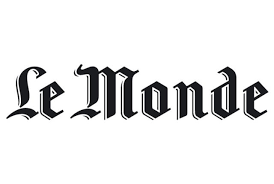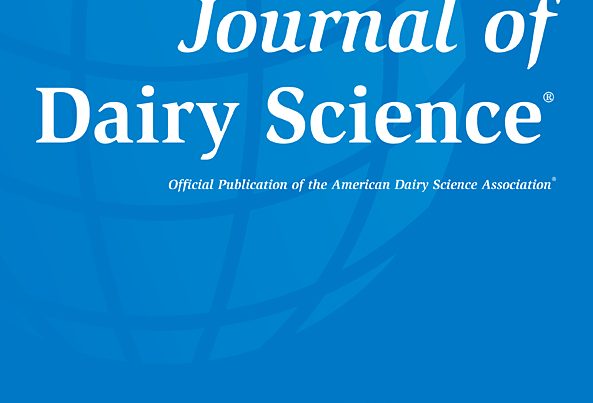Document type : article published in Le Monde
Author: Anne-Françoise Hivert
Preview: 2023 was an exceptional year for Norwegian aquaculture, with record profits for the Scandinavian kingdom. Profits totalled 172 billion kroner (15 billion euros), an increase of 13% on 2022, which was already a record year. Farmed salmon, of which Norway is the world's leading producer, alone generated 122.5 billion kroner. The country exported 1.2 million tonnes, which is equivalent to sixteen million meals a day worldwide. But behind these figures lurks a grim reality - according to the Norwegian Veterinary Institute, 62.8 million salmon died on fish farms during the year, representing a mortality rate of 16.7% (as compared with 16.1% in 2022), the highest ever rate recorded. In some areas, it was as high as 25%. Land-based hatcheries did not escape the toll: 37.7 million fry died - another record. We have observed this trend for the last five or six years," explains Edgar Brun, Director of the Fish Health Department at the Veterinary Institute. The increase from one year to the next is not huge, but the trend is clear enough to show that, even if measures have been taken, they are not adequate."
Mechanical treatment against lice
In its annual report on fish health, published on March 12, the Veterinary Institute examines the causes of salmon mortality. In 20% of cases, the causes are unknown, but two main factors stand out: in 2023, 38% of deaths were caused by infectious diseases, while 33% were the result of injuries or traumas, most often caused by the lice treatments that the fish regularly undergo to destroy the parasite which is rampant in intensive fish farms. The country's regulations stipulate that fish farmers must not exceed a rate of 0.5 lice per fish. Several forms of treatment exist. Originally, farmers used medical treatments, but in recent years, lice have become resistant to these. The only solution left to them is mechanical treatment. The fish are removed from their home tanks, rinsed - and sometimes scrubbed - in water at around 28°C, before being released. And this happens several times in a fish's lifetime. The consequences can be dramatic, according to Edgar Brun: "Treatments cause fish stress. They can also cause physical injury during transport, as well as during rinsing, which damages the mucus covering their skin. It's a vicious circle: when fish are stressed, they're also more likely to develop infections." (Remainder of article for subscribers only)






